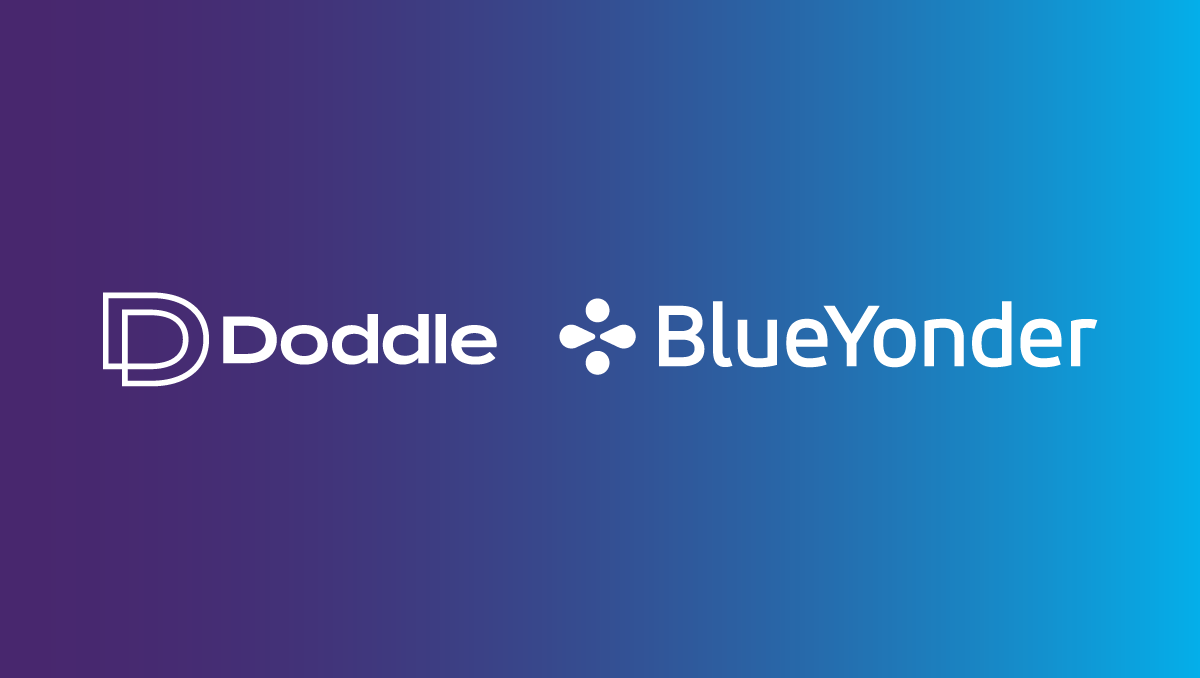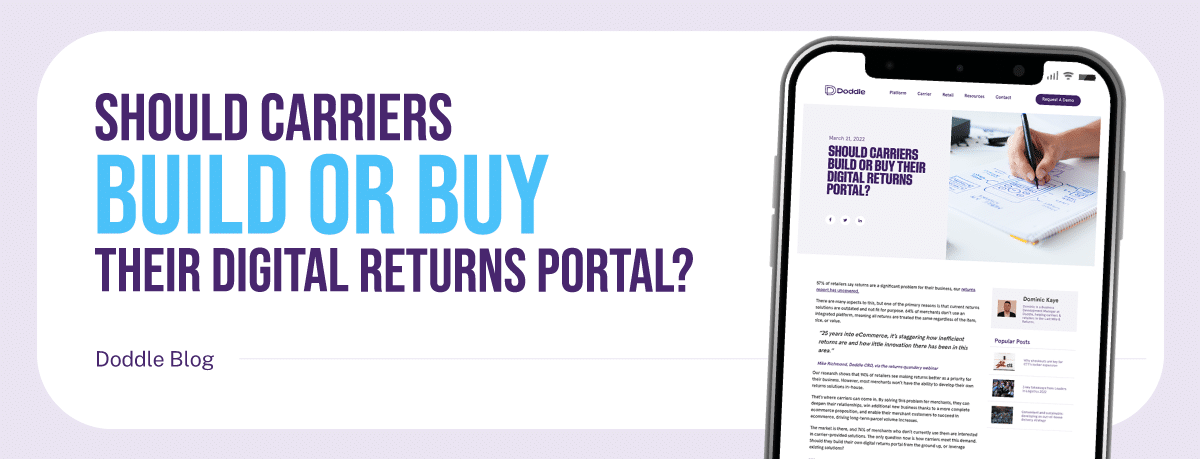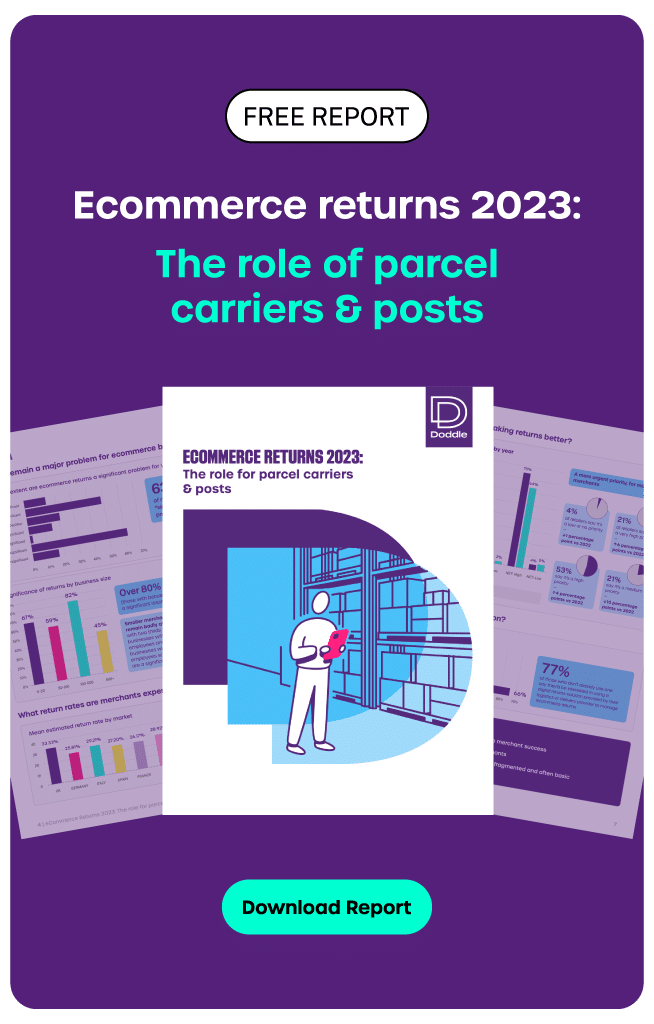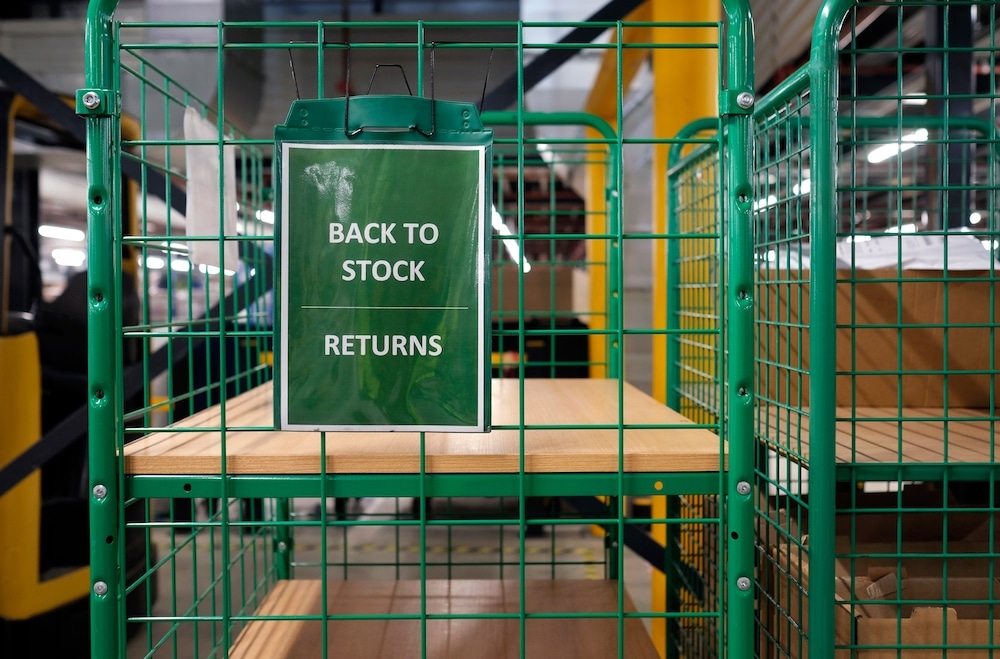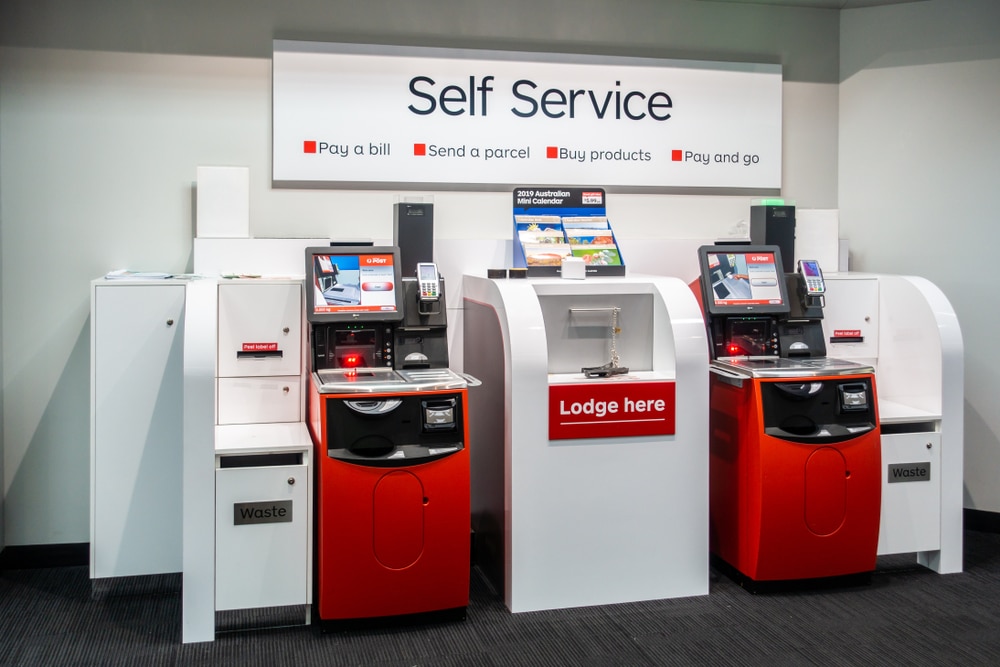Insight / Blog
Why carriers need to provide returns management solutions over reverse logistics
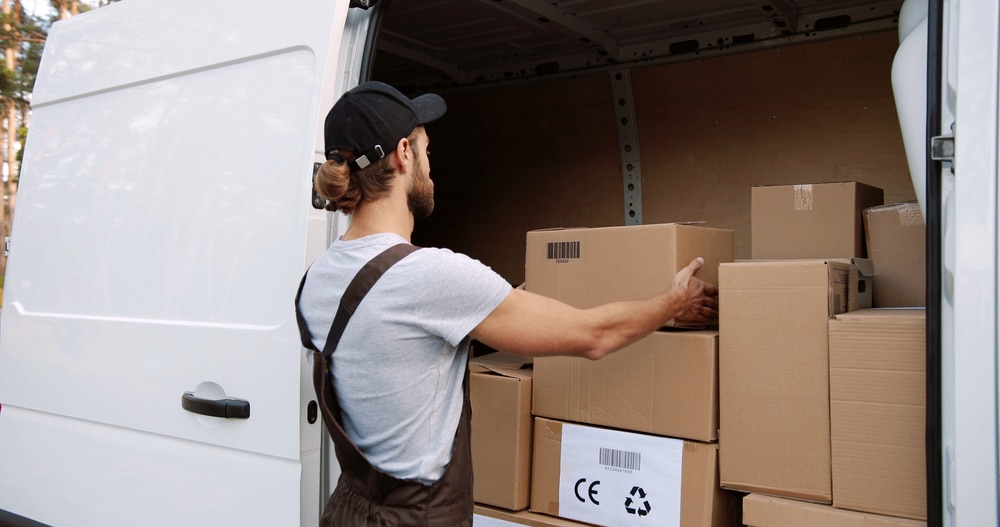
Summary: Returns are a massive opportunity for logistics providers to secure growth and new parcel volume by offering returns management solutions.
63% of merchants see returns as a significant problem for their business, adding stress to already tight margins. Over the last year, we’ve seen the cracks emerge, with the likes of Boohoo issuing profit warnings, Missguided falling into administration, and retailer giants like Zara leading the charge for paid returns in a bid to help recover these bleeding costs.
For parcel carriers, postal operators and 3PLs, ecommerce returns shouldn’t simply be defined as a merchant problem. They represent a significant opportunity for logistics providers to secure growth and new parcel volume, if they can provide merchants with the solutions to help tackle returns.
2023 Returns: The role of parcel carriers and posts
However, to take advantage of the returns opportunity, carriers and posts need to focus on providing merchants with returns management software, not just reverse logistics. Below, we’ll explore the difference between returns management and reverse logistics and how carriers can turn returns into growth.
Contents
What is returns management?
Returns management looks at the entire returns process, from the moment a return is initiated by a customer to the resale or disposal of the item.
The purpose of returns management is to find ways to optimise and streamline the entire journey to help tackle issues in returns. For example, rather than accepting and processing all returns, returns management can provide systems that prevent serial or problematic returners from abusing merchant systems.
As exemplified in ASOS’s financial reports which state that £100m of loss was accounted to just 6% of customers with high return rates, it’s the disproportionally small share of consumers who attribute the lion’s share of returns losses.
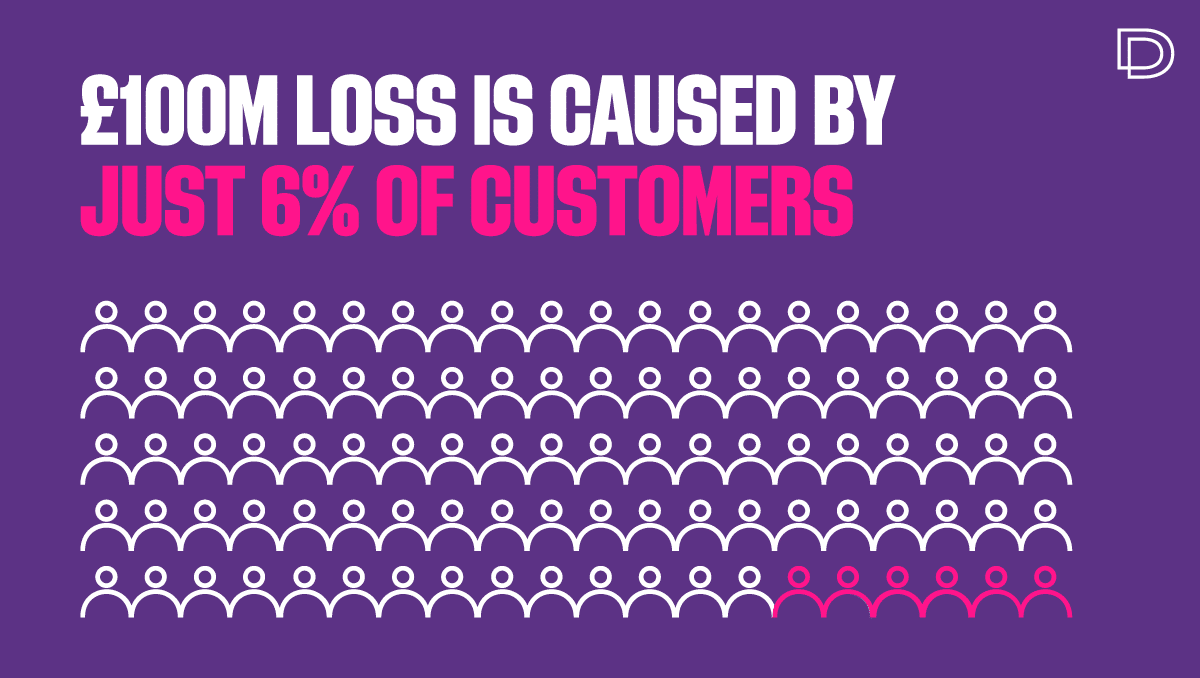
How is returns management different from reverse logistics?
Reverse logistics is a part of returns management. It’s the stage of physically handling and moving products from point A to B. For example, reverse logistics will move an item from the consumer drop-off point (like a post office, parcel locker or parcel shop) to a sorting warehouse or back in-store.
Simply put, returns management looks at the entire returns picture, while reverse logistics handles one specific aspect of the journey.
The benefits of offering returns management solutions over reverse logistics
Returns management covers the entire returns process, not just the physical transportation of items. Having the complete picture, returns management can be used to create efficiencies and save money by pinpointing and removing costly returns behaviour.
For example, returns management can prevent fraudulent or late returns, or ensure that items are sent to different locations depending on their properties. So, high-value items could be returned directly to the store, while damaged items can go to the warehouse for repairs, making the reverse logistics part of the journey more efficient.
Returns management solutions will help merchants tackle their biggest returns issues, making the biggest impact to their business. Thus, the opportunity for carriers to improve their market share and provide a unique proposition is through returns management solutions, not just reverse logistics.
What are returns management solutions?
Returns management solutions are software used in any part of the returns process. This includes:
-
Branded digital portals for customers to initiate returns and select shipping options
-
Returns analytics and data platforms
-
Returns tracking and inventory management systems
-
Refund and credit systems
Essentially, the term encompasses any software that helps in the returns process. For carriers, the most important of these will be digital returns portals, which we will detail more in the next section.
What are branded returns portals?
Branded returns portals are digital portals that consumers use to initiate a return and select the shipping options, including print-at-home or label-less drop-offs. The portals are fully branded for each merchant, creating an easy and seamless consumer returns experience.
For the retailer, digital return portals provide a way to increase customer satisfaction, as well as provide insights on what is being returned and why, with options to prevent certain items or users if using an integrated returns portal.
For the carrier, branded returns portals are a great way of managing returns and securing returns volume, by providing insights on what is being returned while exclusively promoting their own drop-off locations to consumers.
The difference between integrated and non-integrated carrier digital returns portals
Integrated digital return portals integrate with internal retailer systems. This means that when consumers enter their order number and email address, the portal automatically checks the order details to bring up information about the purchase to confirm or deny the return.
Non-integrated digital return portals aren’t integrated with retailer systems, so they don’t check any order information. Therefore, non-integrated returns portals allow all users to generate returns labels, regardless of what was ordered, when, or if it’s even eligible for return. All returns are the same.
Integrated returns portals treat each return differently. By having access to order data, these portals can implement rules to make returns more efficient, including banning returns outside the returns window, allowing consumers to items that cannot be resold to save on shipping costs, or limiting the returns serial returners can make to stop them from taking advantage of the policy. It can also be used to implement charges on select returns in the likes of Amazon, where returns that are the consumers ‘fault’ (i.e. they changed their mind) have a return fee, while those that are Amazon’s ‘fault’ (i.e. damaged item) are free.
Turning returns to growth with Doddle’s returns management technology
Doddle offers fully branded digital returns portals that integrate with merchant systems, allowing them to create intelligent rules to improve overall efficiency. This includes prohibiting returns based on product type (such as underwear) or date of purchase if the return window has lapsed. These automated rules can also route returns to specific locations, so hot ticket items can go directly back to stock while broken items can go to a repair warehouse.
The digital returns portal will also gather returns data, including insights on what is being returned and why, providing critical information to make strategic decisions while keeping the administration easy and simple.
Integrating with major ecommerce platforms, our returns portal can onboard merchants in as little as 2 hours. To find out more, discover how we worked with Gap Japan and Yamato to provide a digital returns experience that ensured a smooth customer journey, improved coordination between customers, distribution centres and the call centre, and improved return processing speed.
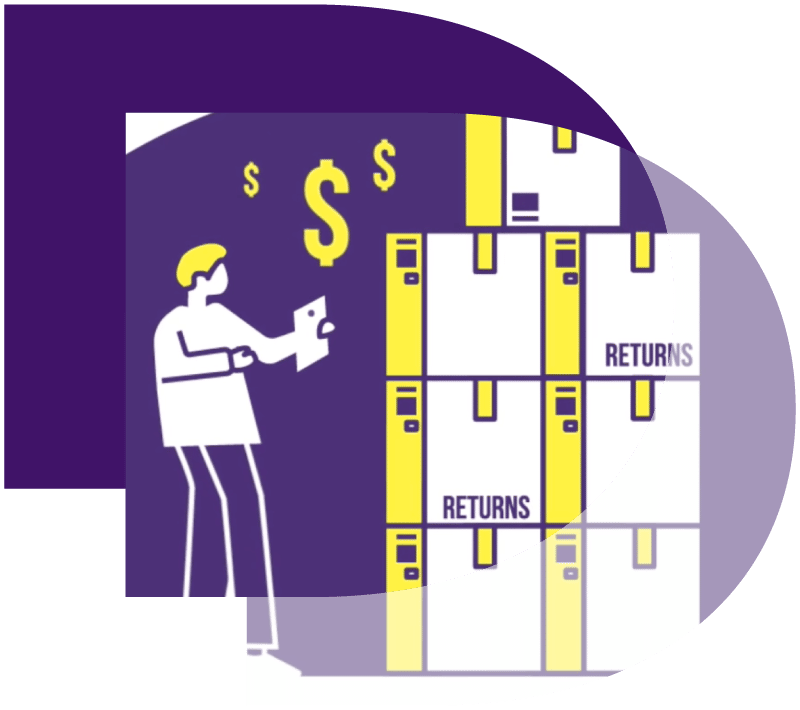
Topics:
Related articles
Why mastering returns is key to 3PL growth
With returns management systems, 3PLs can turn returns from a burden to a competitive advantage.
7 tactics to drive self-service parcel drop-off adoption
Focusing on parcel kiosks, we explore 7 tactics to encourage customer adoption and drive volume into out-of-home (OOH) delivery networks.
Lessons from a decade in the first and last mile
A decade as Doddle taught us some lessons - and Blue Yonder helps us see what will matter in the next decade.


